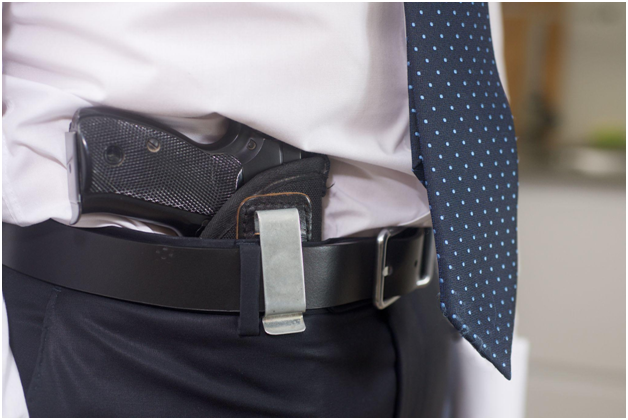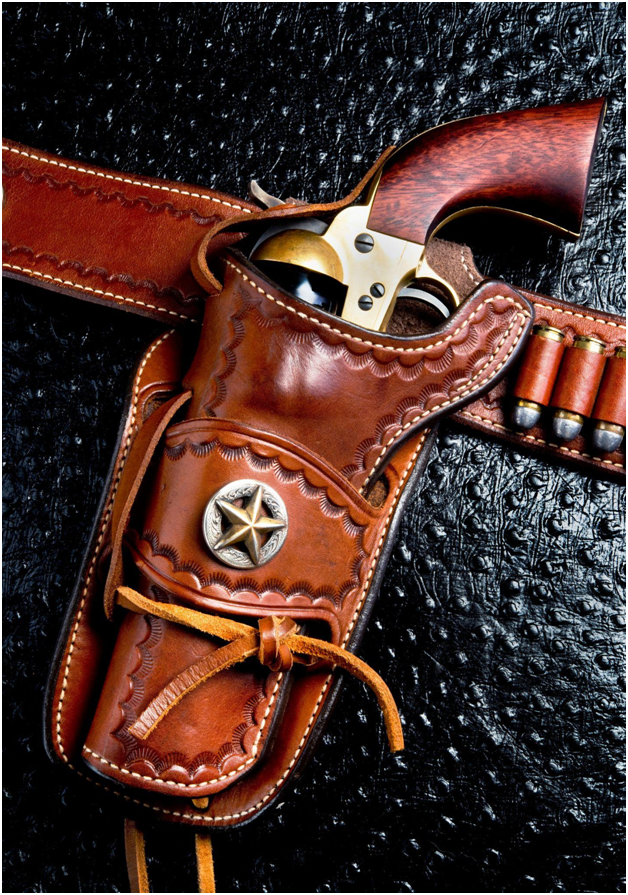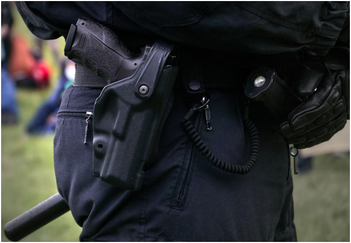Choosing a Gun Holster 101: What You Should Look for in a Gun Holster
Dec 22nd 2021
Carrying a firearm for self-defense is a serious decision, and while you might spend tons of time researching handguns, selecting one, and then practicing with it, all too many people don’t give enough thought to the holster they pair with their handgun.
It shouldn’t be that way. Choosing a gun holster that is safe, comfortable, and reliable is nearly as important as choosing a gun. Some might even say it is as important.
This guide should cover most of your questions, but if you have more, please feel free to contact us at 610-250-3960.
What Makes a Good Gun Holster?
The primary factors that affect the quality of a gun holster are its design and durability, as these affect safety, security, and access, its retention method, and the type of carrying it is designed to support.
You need a holster that is safe, affords a good fit and protects the firearm, and is comfortable.
Concealed vs. Open Carry
Since many jurisdictions require permits for concealed carry, the type of holster you choose must be compatible with how you choose to carry. Always be certain you are in compliance with all state and local laws.
While holsters designed for open carry can be more conspicuous, concealed carry holsters should be as thin and inconspicuous as possible. Both open and concealed carry guns must be protected and adequately secured by the handgun holster you choose.
Types of Gun Holsters
●OWB and belt holsters: OWB stands for “outside waist band” and refers to a holster that is carried outside the waistband, typically on the belt. These are also suitable for carrying larger handguns and revolvers because they are less constrained.
●IWB holsters: IWB stands for “inside waistband” and refers to a style of pistol holster that is worn inside of the waistband, typically affixed to the belt or waistband via a clip. Inside waistband holsters are probably the most popular type of concealed holster, but generally not suitable for larger handguns.

●Shoulder holsters: Shoulder holsters have harnesses that loop over the shoulders, securing the gun under the non-dominant arm or side of the person carrying the firearm. These are more comfortable for those that carry larger, full-size revolvers and handguns or spend a lot of time driving or sitting, but care must be exercised when drawing to avoid accidentally muzzling any unintended targets.
●Ankle holsters:Ankle holsters typically provide great concealment, but don’t have the best ergonomics. They’re good for carrying a subcompact pistol or a backup gun, but don’t allow for easy access, slowing down draw times. They can also be uncomfortable during strenuous activity.
●Pocket holsters:Pocket holsters are really only suitable for smaller handguns, but they are convenient and allow for easy access. Also, like another type of holster known as a paddle holster, they can help eliminate printing.
●Belly band holsters:Belly band holsters are designed for flexibility, and many models are highly adjustable, allowing you to position them on the body so that you can carry the gun nearly anywhere along the front of your torso or under either arm. This makes some of them suitable for both right and left-handed gun owners. Still, they’re not generally well regarded for comfort.
Retention Method and Security
In addition to suiting you in terms of how you want to carry, a gun holster must also protect the firearm.
A good rule of them is this: any gun holster must fully enclose the trigger guard. Not all holsters cover exposed hammers (where applicable) but this is a valuable safety feature too, despite the fact that it hinders access.
There are also two basic types of retention offered by most gun holsters: friction fit or retaining straps or flaps.
●Friction fit (Sometimes including trigger guard locks)
A friction fit holds the firearm in place through friction. Some have trigger guard locks that secure the handgun in place until they are disengaged.
●Flaps or retaining straps
Other firearm holsters have flaps that dover the grip of the gun, securing it in the holster, whereas others have thinner straps that secure the firearm in place.
A holster can also be rated according to retention level. Retention level 1 signifies a friction fit, level 2 a friction fit with one additional retention factor, such as a strap, level 3 with two additional retention factors (such as a trigger guard lock and a strap) and level 4 with the greatest retention, with friction and three additional straps, flaps or locks.
Comfort
Comfort is another important factor to weigh before choosing a gun holster, as a holster that is uncomfortable to wear will be a burden to wear throughout the day.
Place comfort at a premium, and try out different holsters, but remember that safety is more important than comfort.
Material and Durability
You also need to consider the type of material that your gun holster will be made of, as this will impact its durability as well as its comfort.
●Leather
Leather is the material from which most gun holsters have traditionally been made. Leather holsters may be soft and durable at the same time, allowing for comfortable carry and protecting your handgun.

However, leather will break down over time without maintenance, and leather can also trap moisture which will damage a handgun.
●Kydex holsters
Kydex is a durable, rigid synthetic that can be custom molded to the shape of a firearm to afford an excellent friction fit. It is also very thin and very strong, and can be used to make slim, fine holsters for concealed carry.
Moreover, Kydex requires basically no maintenance and will not soften with age. It’s impervious to the elements and will not absorb water.
●Nylon and other synthetics
Other holsters are made from rigid nylon or other plastics, which, like Kydex can be molded to a firearm to afford a great fix. However, they can be pretty bulky so they’re not always the top choice for concealed carry.
They are, however, incredibly tough (like Kydex) and are impervious to water, sweat, oil and dirt. They’re also effectively maintenance free.
Ease of Access
Only quick-draw holsters need to afford ease of access. Some others may entirely enclose the gun. You can choose whatever holster you like, with whatever ease of access it offers, as long as the firearm is retained fully and protected when holstered.
Are Holsters Gun Specific?
The vast majority of gun holsters are intended to house a specific model of firearm. This is why you’ll see so many holsters listed as “1911 holsters” or “Glock holsters” or “Sig Sauer holsters.”
However, some holsters are capable of accommodating a number of different models of firearm. All the same, it is imperative to be sure that the holster you use is compatible with your firearm. As some holsters have a custom friction fit, it is unsafe to try to carry a handgun in a holster that is not well designed for it.
Looking for a specific gun holster? Take a look through our collection online to see if we have what you need and give us a call at 610-250-3960 if not. Our knowledgeable staff will help you find something that fits your needs perfectly - whatever it is you carry. You can also come in to visit us at our shop in Easton, Pennsylvania, for the complete experience!

